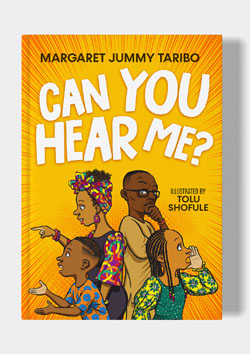Cultural diversity, a captivating facet of human existence, has intrigued us since immemorial. The Babel narrative in the Bible, a tale that introduced language diversity, not only adds a historical context to our fascination but also serves as a relevant starting point for our discussion on cultural diversity and communication. Depending on one’s perspective or the situation, these distinctions can be both a boon and a bane. This article delves into how cultural differences shape communication and interactions, presenting challenges and opportunities. Globalisation has generally facilitated cross-cultural communication, underscoring the need to dismantle cultural barriers to foster understanding and cooperation worldwide. But can we genuinely reconcile cultural differences?
The Communication Problem
Communication can take various forms, including verbal and non-verbal, and the recipient must understand the message. However, this understanding may only sometimes occur, especially when there are obstacles to effective communication. Cultural differences, language and stereotypes are among the most significant communication barriers. If these barriers are not addressed, there is a risk of misinterpretation across cultures. This can lead to disagreements or a failure to reach a compromise. A mutual sense of respect and understanding is essential to coexist peacefully, achievable only through effective communication.
Challenges of Cultural Misunderstandings
When cultural differences are not effectively understood or managed, they can lead to many difficulties. Misinterpretations, stereotypes, and biases can breed resentment and distrust, severely hampering collaboration and cooperation. In business, failed negotiations or marketing blunders can result in significant financial losses. In personal relationships, cultural clashes can strain friendships and even tear families apart, underscoring the gravity of the issue and the need for effective communication.
At the heart of these challenges lies the fundamental issue of communication. Language barriers, nonverbal cues, and differing communication styles can all contribute to misunderstandings, creating barriers to effective dialogue and relationship-building.
The Importance of Overcoming Cultural Differences
Understanding diverse cultures can broaden our horizons and open up new possibilities. Throughout history, individuals from various backgrounds have assimilated into foreign societies. This experience is enriching for some, while others may find it challenging, depending on their reception and adaptability.
Overcoming language barriers, adjusting to new foods, customs, and educational systems, and building relationships are all part of this intricate integration process. It’s a journey that, despite its complexities, offers numerous rewards, including a deeper understanding of others, enhanced communication skills, and the ability to navigate diverse environments with ease.
Related article: Should you forgive your mom?
Strategies for Overcoming Cultural Differences
While overcoming cultural differences may seem daunting, it is not impossible. Individuals and organisations can bridge the cultural divide with patience, empathy and a willingness to engage in meaningful dialogue. Here are some strategies to consider:
Cultivate Cultural Competence:
- Take the time to educate yourself about different cultures, including their history, customs, and values. Develop cultural awareness and sensitivity to avoid unintentional offences and misunderstandings.
Practice Active Listening:
- Listen attentively to what others are saying, not just the words they speak but also the underlying meaning and context. Be open to different perspectives and avoid jumping to conclusions based on cultural stereotypes.
Clarify Assumptions:
- Be bold and ask questions or seek clarification when faced with cultural differences. Respectfully inquire about customs or practices unfamiliar to you, and be willing to explain your cultural background.
Foster Cross-Cultural Relationships:
- Build relationships with individuals from diverse cultural backgrounds. Engage in open and honest conversations and seek collaboration and mutual understanding opportunities.
Adapt Communication Styles:
- Be flexible, considering cultural preferences for directness, formality, or nonverbal communication. Adapt your communication style to better resonate with others while remaining authentic to yourself.
Embrace Diversity:
- Celebrate the richness of cultural diversity and recognise the value that different perspectives bring to the table. Create inclusive environments that welcome individuals from all backgrounds and foster a sense of belonging.
Conclusion
Overcoming cultural differences will pose challenges, but bridging the gaps and promoting mutual understanding is possible. By embracing the right mindset and being receptive to various cultures, individuals and societies can surmount cultural and communication barriers.
This would reduce complications in connecting with others, resulting in a more harmonious world. As we navigate the intricacies of intercultural communication, let us endeavour to foster connections that bring people together rather than drive them apart, acknowledging that our shared humanity transcends all barriers

